As a department, we are dedicated to innovation — solving difficult problems others haven't been able to solve and tackling the most complex cases — all while keeping patient comfort and experience at top of mind. Our team continues to use our experience and science to find ways to improve the lives of children and adults with congenital heart disease.
We create new technologies and surgical techniques so that patients can recover as quickly as possible. For example, we invented a heart valve that could reduce the operations a child will need. And we use 3-D imaging to create models of a patient’s heart to prepare a customized surgical plan.
Here are some other innovations that allow us to take on the most complex cases of heart disease and give our patients the best possible outcomes so they can lead healthy lives:
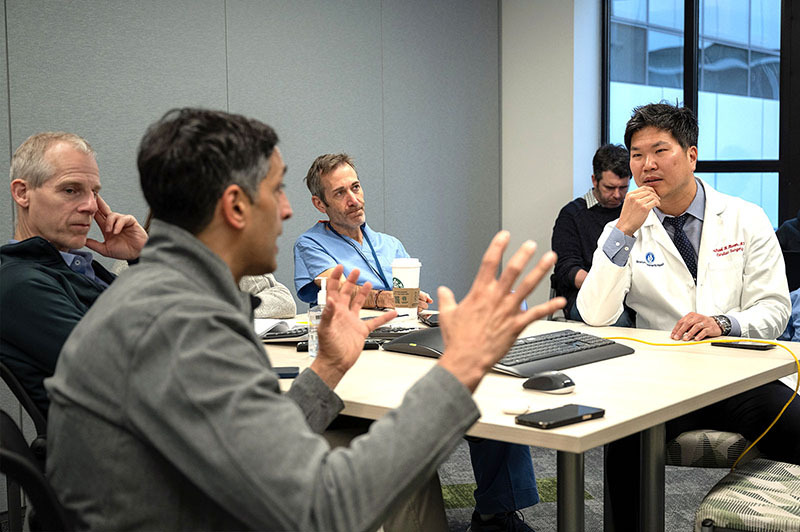
Constant improvements make the Ross procedure a safe aortic valve replacement option
The Boston Children’s cardiac surgery team is seeing lasting positive outcomes in patients after making adjustments over the years to the Ross procedure, a last-option treatment for aortic valve disease.

Finding ways to reduce the financial and social costs of pacemakers
Aiming to reduce the need for pacemakers, Boston Children’s clinicians have created two new approaches to cardiac surgery that can identify elusive conduction tissue and potentially decrease heart block.

3D modeling improves surgical planning by revealing details of patients’ hearts
Three-dimensional modeling allows our team of experts to capture a comprehensive view of a child’s heart before surgery and plan the most effective repair procedure.
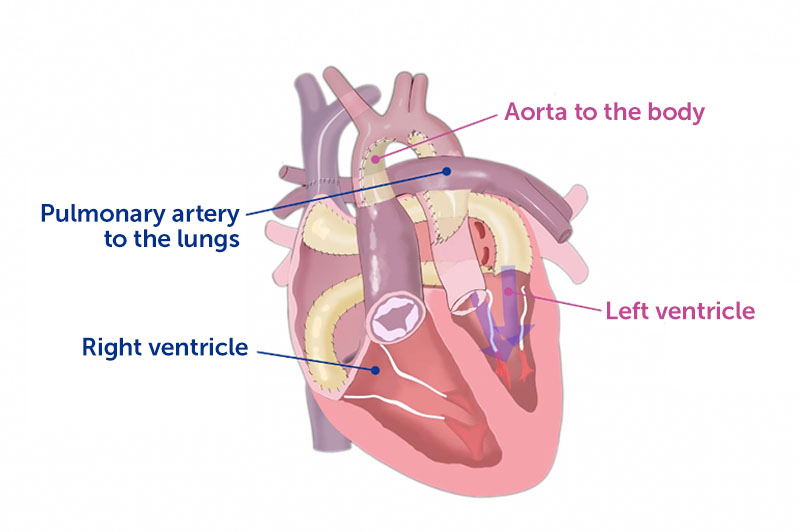
Experience and innovation create a safer type of heart surgery
Boston Children’s is the first hospital in the world to use this procedure as part of a strategy to surgically rehabilitate the left ventricle in patients with borderline left heart.
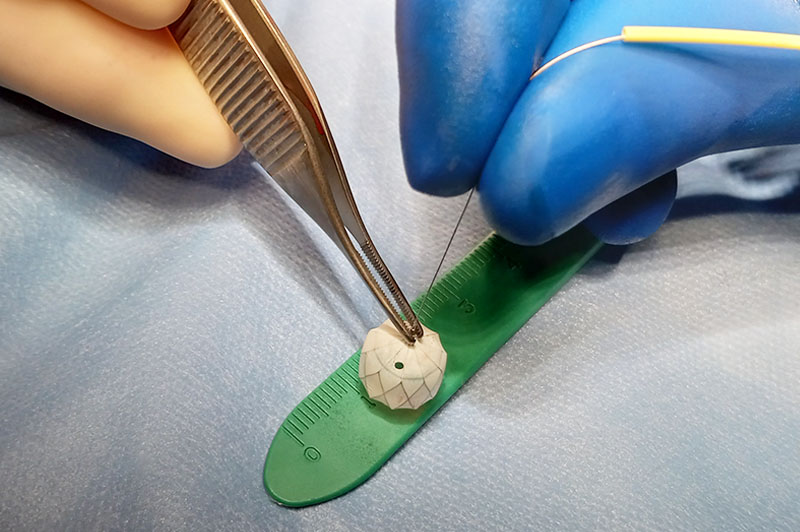
Finding a way to help newborns who can’t immediately have heart treatment
Our heart specialists leaned into technological innovation, their experience, and a perseverance that would ultimately confirm their belief that even the highest-risk cases are not out of reach.
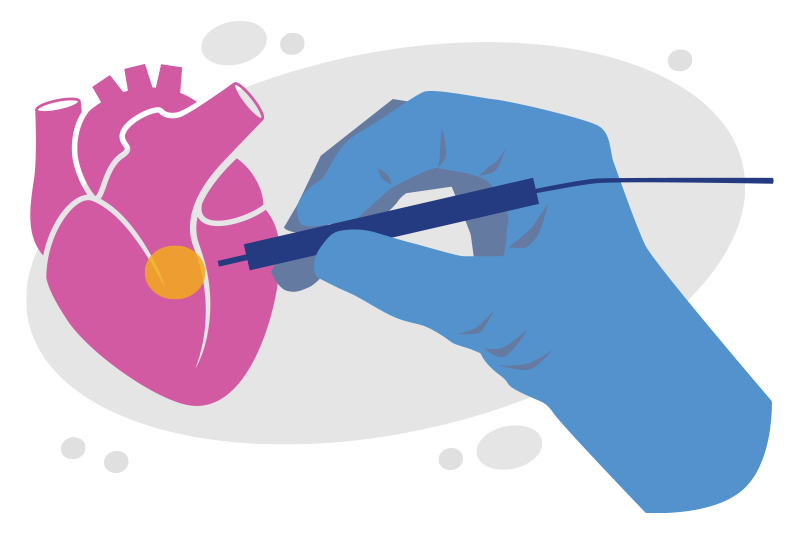
A new lens on cardiac surgery could help prevent arrhythmia
Our cardiac surgeons found that using confocal microscopy could reduce arrhythmia in congenital heart defect operations.
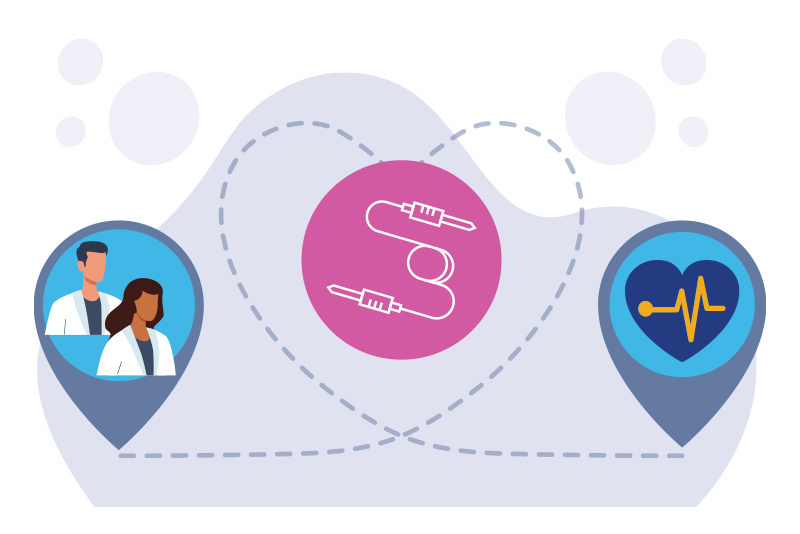
‘Seeing’ the unseen: A way to pinpoint elusive cardiac conduction tissue
Boston Children's surgeons' new technique allows for the consistent identification of conduction tissue in complex cases of CHD.

An annuloplasty ring that grows with the child
Surgeons at Boston Children's were inspired by Chinese finger traps.

Bringing the Ozaki procedure to the world to repair aortic valves
Training heart surgeons in the procedure for children provides an option for countries that cannot access mechanical aortic valves.

Soft stents, hardened in place by UV light, allow a snug, custom fit
An airway stent, custom-fit in real time, could benefit patients with tracheobronchomalacia. The design may be adaptable for heart implants.
